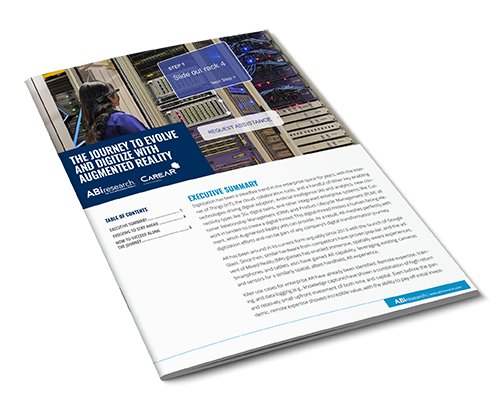Sponsored by 
Digitization has been a steadfast trend in the enterprise space for years, with IoT, the cloud, collaboration tools, and a handful of other key enabling technologies driving digital adoption. Artificial Intelligence (AI) and analytics, new connectivity types like 5G, digital twins, and other integrated enterprise systems like Customer Relationship Management (CRM) and Product Lifecycle Management (PLM) all work in tandem to create a digital thread. However, this digital thread misses a human-facing element, which Augmented Reality (AR) can provide. As a result, AR meshes perfectly with digitization efforts and can be part of any company’s digital transformation journey.
AR has been around in its current form arguably since 2013 with the launch of Google Glass. Since then, similar hardware from competitors have proven popular, and the advent of Mixed Reality (MR) glasses has enabled immersive, spatially-aware experiences. Smartphones and tablets also have gained AR capability, leveraging existing cameras and sensors for a similarly spatial, albeit handheld, AR experience.
Killer use cases for enterprise AR have already been identified, and are rapidly expanding due to value being realized in worker enablement and immersive engagement. Contextual AR offers new opportunities to digitally transform processes with spatial awareness, while AI/ML and state detection empowers users with personalized guidance and predictive insight. With a confluence of mature enabling technologies and realized value, now is the time to examine AR as part of a digital transformation journey.
Download the whitepaper to learn more.

